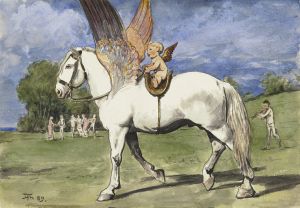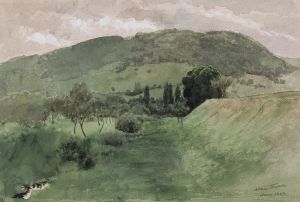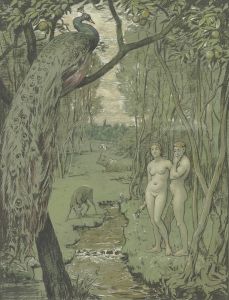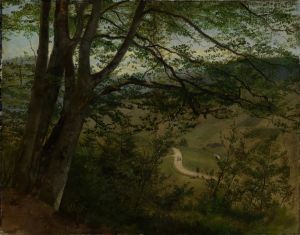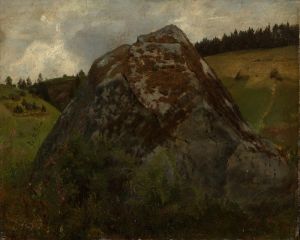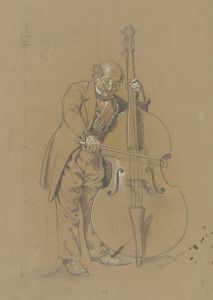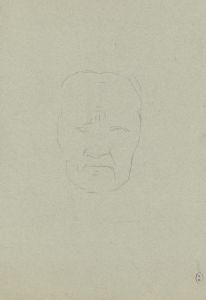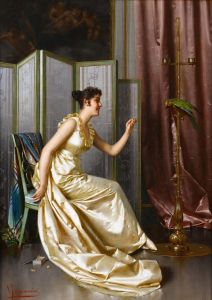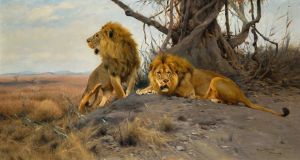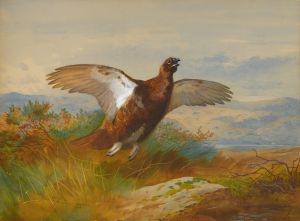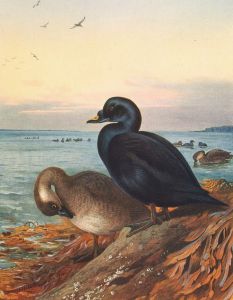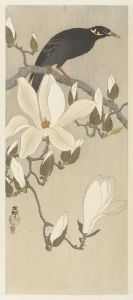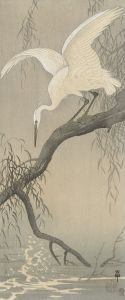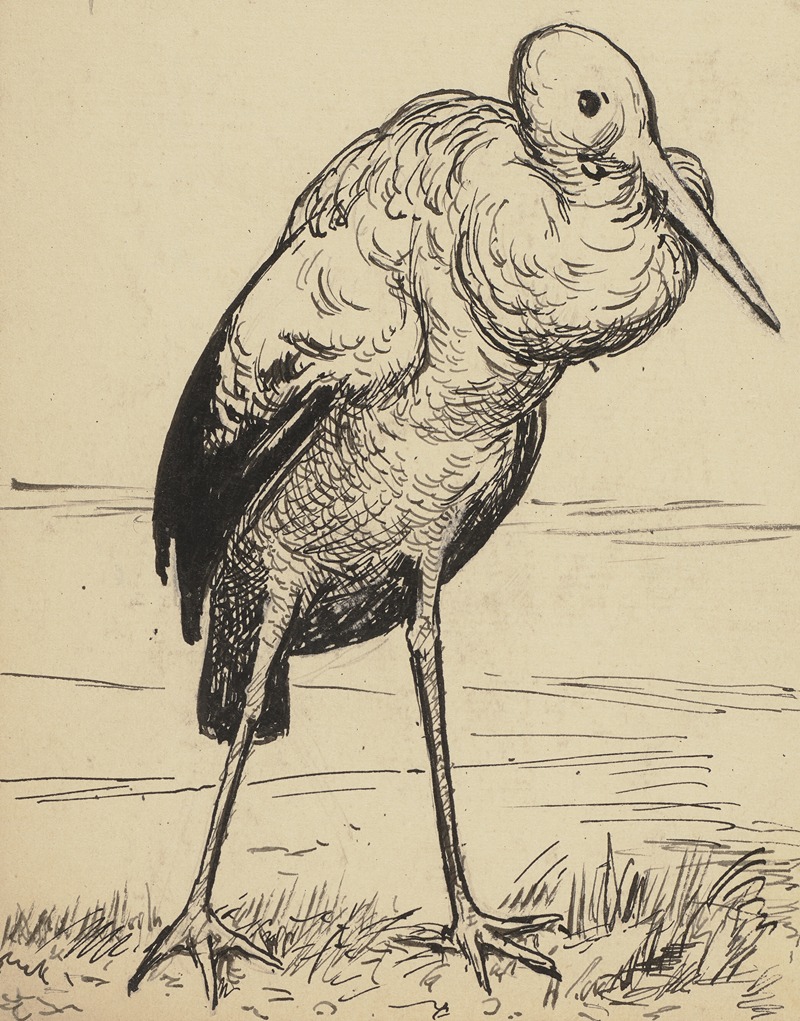
Storch
A hand-painted replica of Hans Thoma’s masterpiece Storch, meticulously crafted by professional artists to capture the true essence of the original. Each piece is created with museum-quality canvas and rare mineral pigments, carefully painted by experienced artists with delicate brushstrokes and rich, layered colors to perfectly recreate the texture of the original artwork. Unlike machine-printed reproductions, this hand-painted version brings the painting to life, infused with the artist’s emotions and skill in every stroke. Whether for personal collection or home decoration, it instantly elevates the artistic atmosphere of any space.
Hans Thoma was a German painter born on October 2, 1839, in Bernau, in the Black Forest region of Germany. He is known for his landscapes, portraits, and genre paintings that often reflect the natural beauty of his homeland. Thoma's work is characterized by a blend of realism and romanticism, and he was influenced by both the German Romantic movement and the French Barbizon school.
One of Thoma's notable works is "Storch" (translated as "Stork"), which exemplifies his skill in capturing the essence of nature and wildlife. While specific details about the painting "Storch" are limited, it is consistent with Thoma's broader oeuvre, which often features elements of the natural world. Thoma had a profound appreciation for the environment, and this is reflected in his meticulous attention to detail and his ability to convey the serene beauty of rural landscapes and the creatures that inhabit them.
Thoma's artistic journey began with his studies at the Karlsruhe Academy of Fine Arts, where he was trained under the guidance of Johann Wilhelm Schirmer and Ludwig des Coudres. His education provided him with a solid foundation in traditional techniques, which he later expanded upon during his travels to Paris and Italy. In Paris, Thoma was exposed to the works of Gustave Courbet and the Barbizon painters, which influenced his approach to landscape painting.
Throughout his career, Thoma remained deeply connected to his roots in the Black Forest, and this connection is evident in his work. His paintings often depict idyllic scenes of rural life, infused with a sense of nostalgia and tranquility. Thoma's ability to capture the interplay of light and shadow, as well as his keen observation of nature, are hallmarks of his style.
In addition to his landscapes, Thoma also produced portraits and religious works. His versatility as an artist allowed him to explore various themes and subjects, yet his love for nature remained a constant throughout his career. Thoma's work gained recognition during his lifetime, and he held several prominent positions, including a professorship at the Karlsruhe Academy and later as the director of the Kunsthalle Karlsruhe.
Hans Thoma's legacy is preserved in numerous collections, and his work continues to be celebrated for its contribution to German art. His paintings offer a glimpse into the serene beauty of the natural world, and "Storch" is a testament to his ability to capture the grace and elegance of wildlife. Thoma passed away on November 7, 1924, in Karlsruhe, leaving behind a rich body of work that continues to inspire and captivate audiences.





